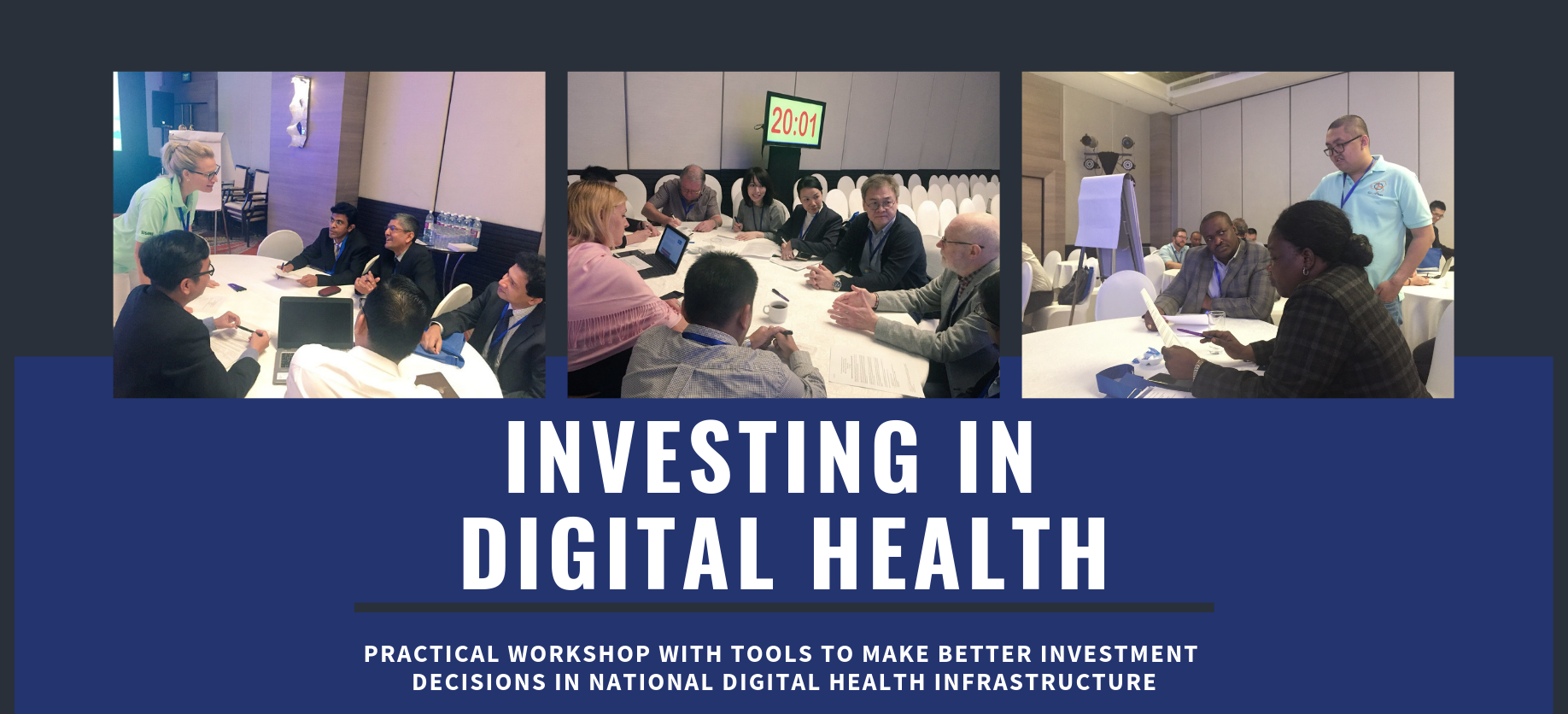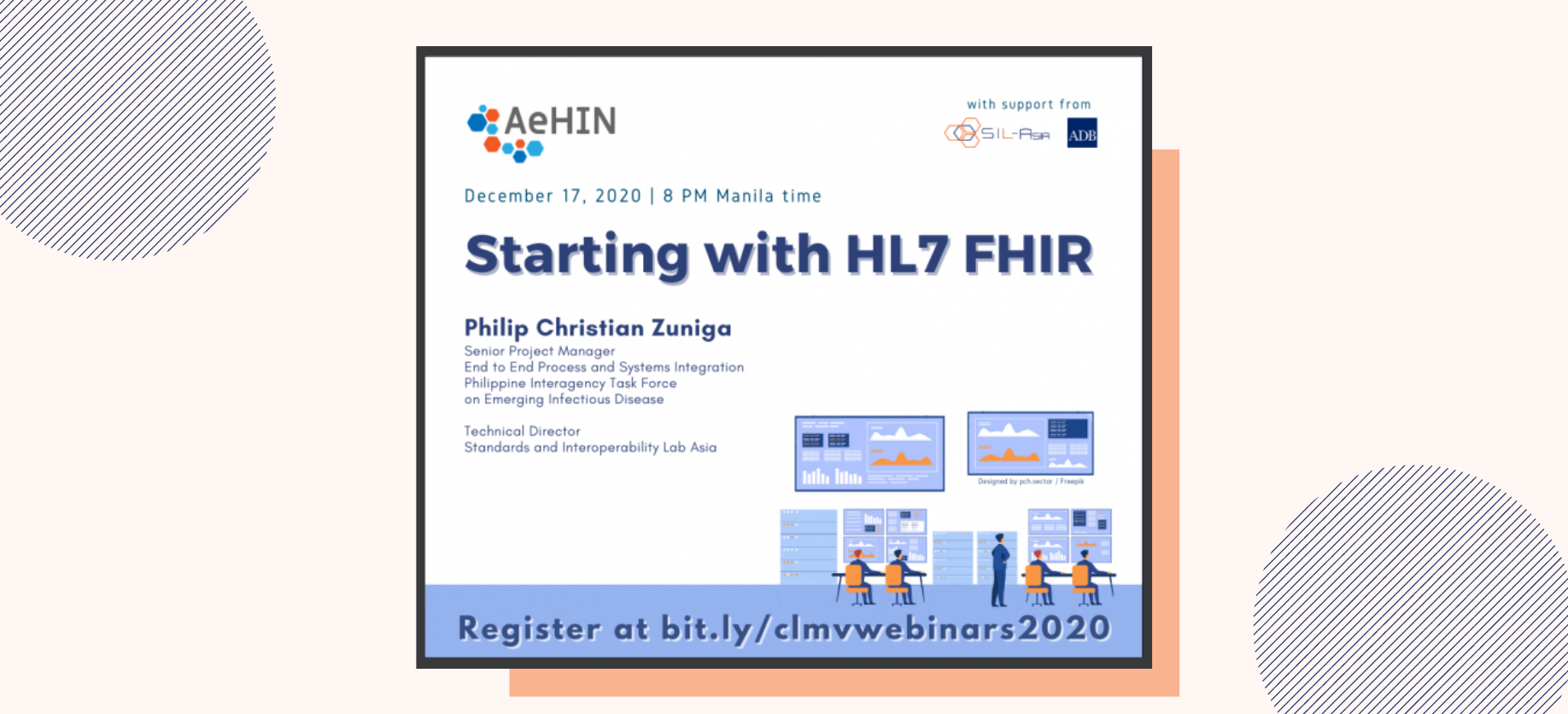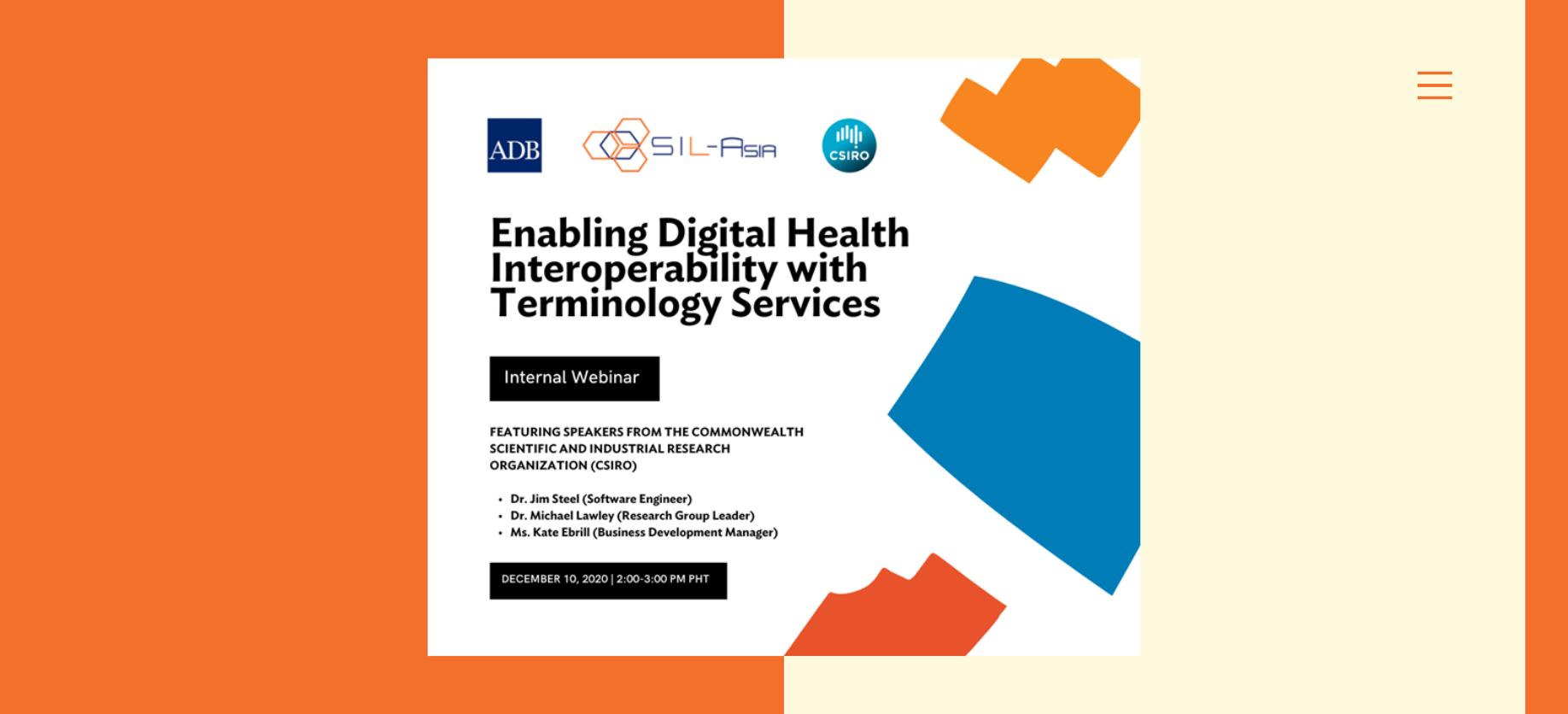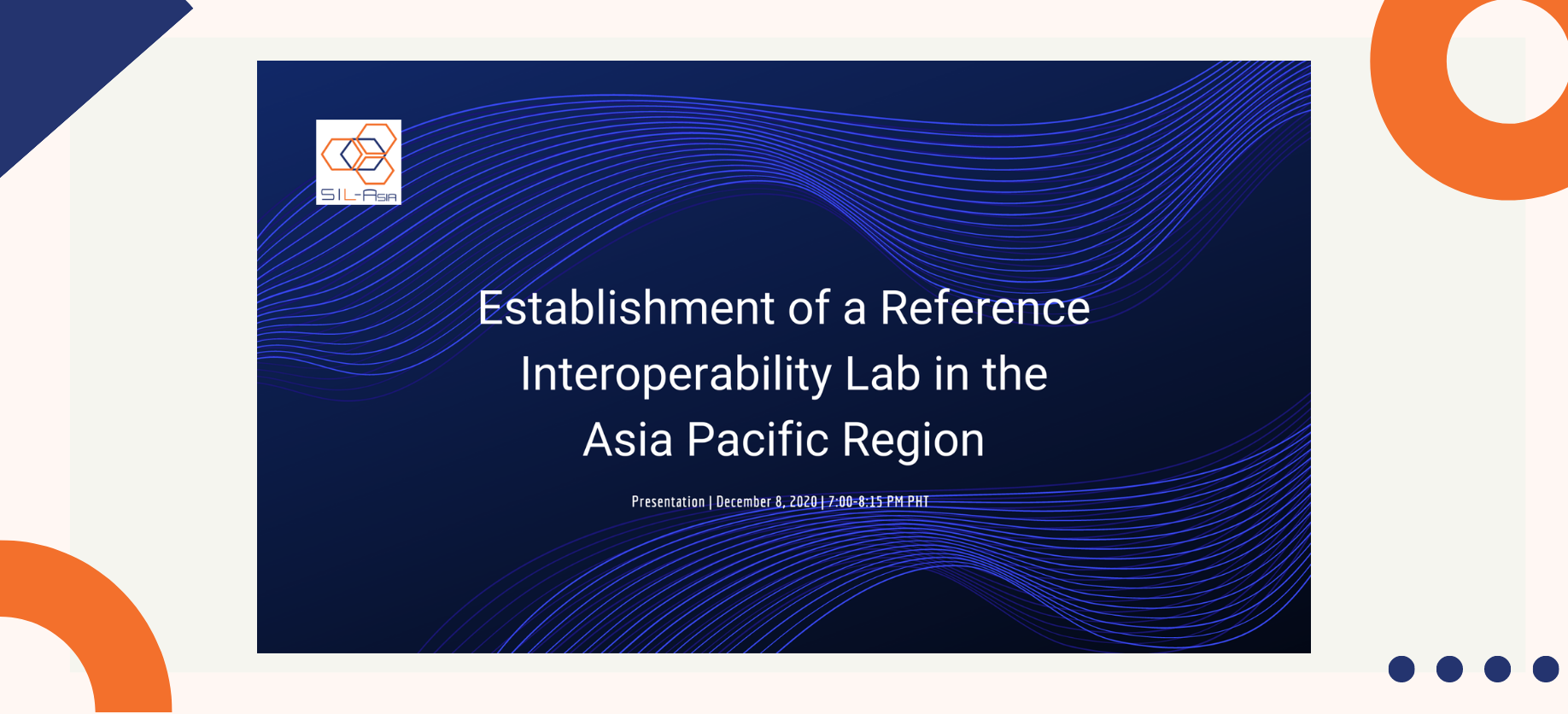COLOMBO, Sri Lanka – Standards and Interoperability Lab Asia (SIL-Asia) facilitated a pre-conference workshop on ‘Investing in Digital Health: Practical Workshop with Tools to make Better Investment Decisions in National Digital Health Infrastructure’ at the 6th AeHIN General Meeting last 7 October 2018 at Cinnamon Grand Hotel.
The workshop equipped the participants with tools to map and plan investments required for building a digital health enterprise in a phased and sustainable approach. It familiarized the participants with socio-economic benefit analysis, which helps to develop better business cases for digital health. In addition, this also ensures that health workers and patients benefit from these investments.
Dr Susann Roth, ADB Principal Knowledge Sharing and Services Specialist, formally welcomed the delegates of the workshop. Prof. Philip Christian Zuniga, SIL-Asia Technical Lead, also gave an overview of SIL-Asia and its services. This allowed participants to learn about SIL-Asia’s resources and how to deploy them in the country context.
I. Digital Health Investment Tools
The first part of the workshop presented the two ADB-published digital health investment tools.
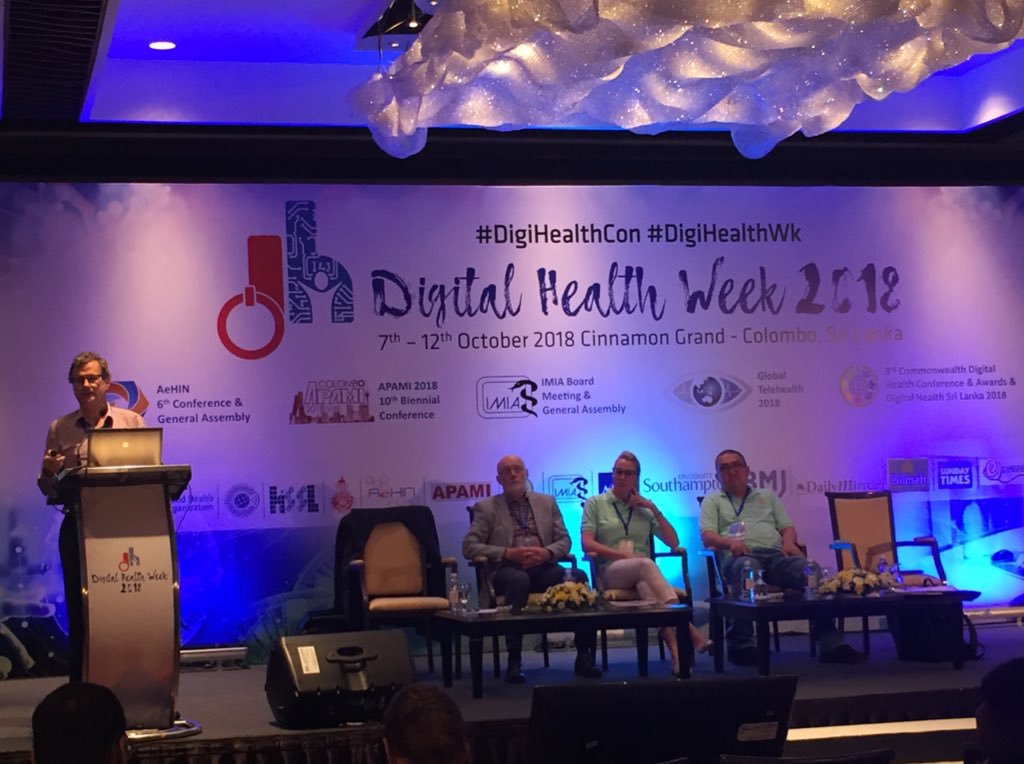
Health system goals should guide the implementation of technological innovation, and not the other way around. If we don’t know what we want from technological innovations (big data, nano health, networked sensors, mobile health, personalized healthcare, etc), we will get what is easy and profitable to make.
To achieve health system goals, it is important to articulate principles, such as better integration of different datasets, implementing standardization, improving interoperability, saving costs, resource allocation, etc. By improving these principles, one will not lose sight of the goal and will not be swayed by technology-driven solutions.
Stakeholders have some shared requirements, and these require shared assets to be well managed. The goal is to transform health systems into patient-centered and less hierarchical, which can enable informed stakeholder interactions. To conclude, it’s important to pay attention to the different requirements of different stakeholders.
Also, it is noteworthy to mention that investment profiles for digital health systems vary with complexity, cost, numbers affected, and over time. The challenge in investing in digital health lies in maximizing the chance for success, minimizing the risks of failure, converting strategies to affordable solutions, and realizing value for money.
B. Digital Health Impact Framework User Manual by Tom Jones (Director of Strategy and Impact at the African Centre for eHealth Excellence)
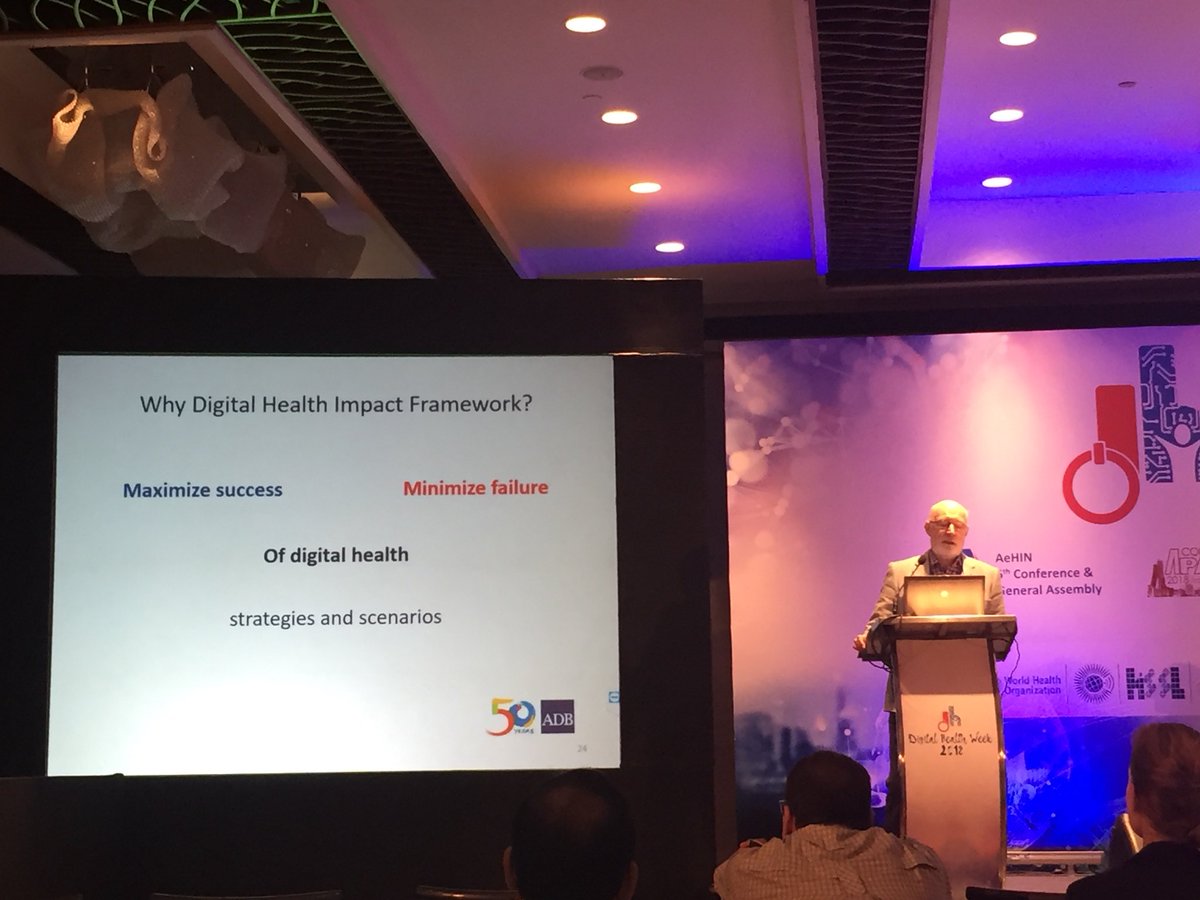
The Digital Health Impact Framework (DHIF) is used to maximize success and minimize failure in digital health strategies and scenarios, long-term plans, programmes, projects, and options. Options that rely on current business models may under-value digital health impact.
Hence, DHIF provides value by promoting the inclusion of new business and health care models in strategies and options. It helps construct meaningful options that would maximize success and minimize failure in digital health.
Also, DHIF helps decision-makers to estimate and manage the probability of value for money (VFM) or the socio-economic return for all stakeholders. It also estimates and manages the probability for and affordability (financial and accounting model). If a scenario or option offering VFM is affordable, it is optimal.
DHIF helps decision-makers find optimal strategies and projects. These are the tens steps:
- Identify timescales;
- Identify stakeholders;
- Identify benefits;
- Identify resources needed;
- Estimate socio-economic benefits’ monetary values;
- Estimate socio-economic costs;
- Adjust for sensitivity, optimism, and risk;
- Calculate net benefits, the socio-economic returns (SERs);
- Estimate financial costs and affordability; and
- Refine and iterate SERs and affordability to find optimal links.
II. Digital Health Investment Cases
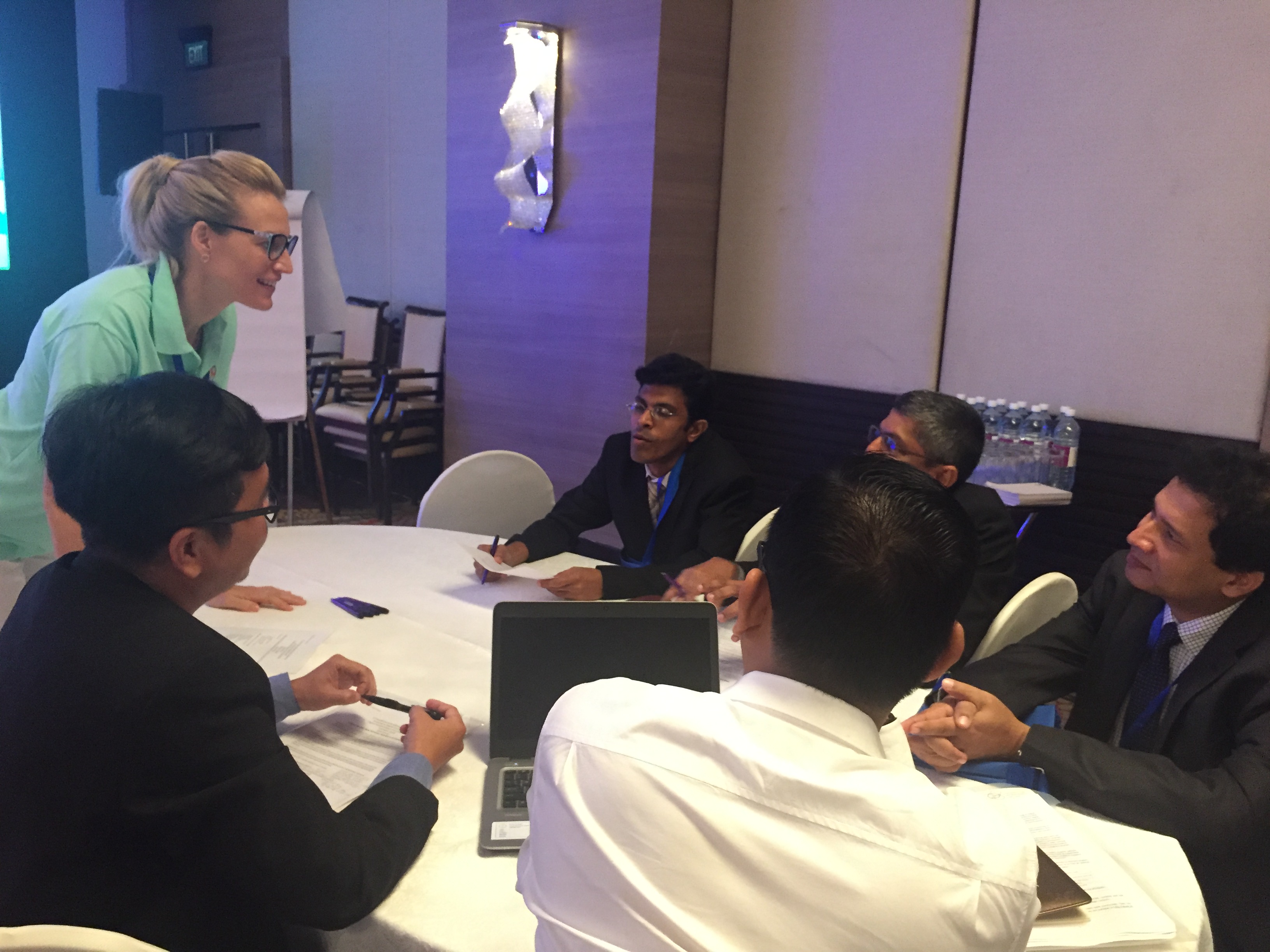
The second part of the workshop focused on the review and discussion of four sample digital health investment cases:
- Digital Health, New Business Models, and Expanded UHC: An initiative in Brazil, Dr Consulta, is the basis of this case study. It is a new business model using digital health and medical technologies to reach under-served, low-income communities.
- Digital Health, New Business Models, and Lower Mortality: A research study in Germany is the basis of this case study. It identified a new business model using digital health, medical technologies for precision medicine that separated routine and complex hospital patients and reduced mortality by 11% to 14%.
- Digital Health Strategy and Affordability: This deals with decisions on the affordability of digital health strategies at an early stage of their development. It starts with three scenarios: (1) electronic health records (EHRs); (2) laboratory diagnostics; and (3) combined EHRs and laboratory diagnostics. It then brings in scenarios with (1) retaining and developing current digital health opportunities for public health and mHealth; and (2) decisions on options and affordability for national EHRs.
- Decisions on Options and Affordability for National EHRs: This has three options for EHRs. The two require extra finance with good Value for Money (VFM). The affordable option has weak VFM
Learn about SIL-Asia’s investment tools at www.sil-asia.org/tooling/
The Standards and Interoperability Lab – Asia is a regional health interoperability laboratory powered by the Asia eHealth Information Network (AeHIN) and supported by the Asian Development Bank (ADB) with sponsorship from The People’s Republic of China Poverty Reduction and Regional Cooperation Fund (PRC Fund).
The concept for the Standards and Interoperability Lab – Asia was first conceived at the Regional Interoperability Workshop organized by AeHIN in Manila last August 2015 at the sidelines of the Global Health Research Forum. The regional lab was designed to serve as a template of labs in each country that will later form into the Community of Interoperability Labs (COIL).

